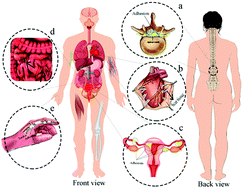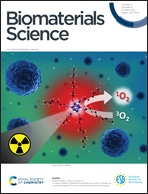A review: progress in preventing tissue adhesions from a biomaterial perspective
Abstract
Postoperative adhesions (POA) are one of the main problems suffered by patients and are a common complaint. It is considered to be closely associated with the healing mechanism of damaged tissues. Tissue adhesions accompany other symptoms such as inflammation, pain, and even dyskinesia under certain conditions, compromising the patients’ quality of life. On the other hand, common treatments involve high costs, re-surgery or long-term hospital stays. Therefore, alternative approaches need to be formulated so that aforementioned problems can be resolved. To this end, a review of recent advances in this context is imperative. In this review, we have highlighted the mechanism of adhesion formation, advances in common therapeutic approaches, and prospective treatments in preventing tissue adhesions. Based on the literature, it can be determined that the disadvantages of available commercial products in the treatment of tissue adhesion have led researchers to utilize alternative methods for designing anti-adhesive products with different structures such as electrospun fibrous mats, hydrogels, and nanospheres. These studies are on the fast track in producing optimal anti-adhesion materials. We hope that this article can attract attention by showing various mechanisms and solutions involved in adhesion problems and inspire the further development of anti-adhesion biomaterials.



 Please wait while we load your content...
Please wait while we load your content...